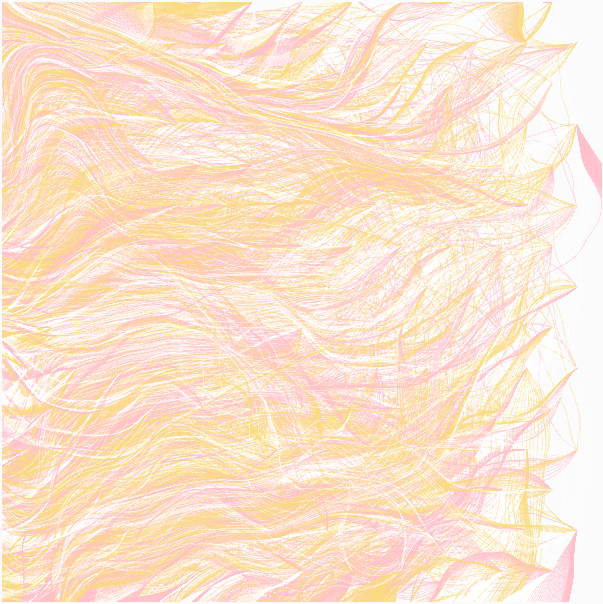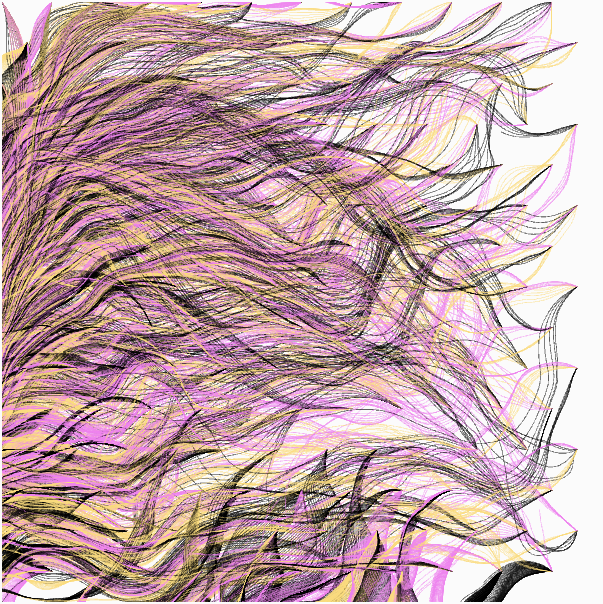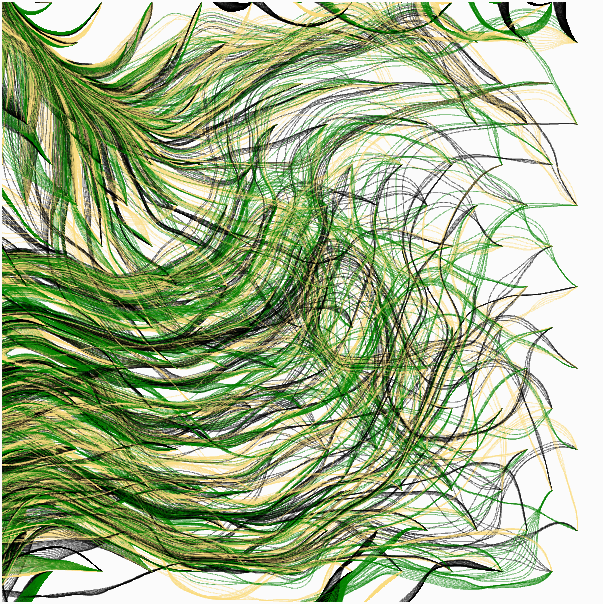Don Norman’s first chapter, “The Design of Everyday Things,” sheds light on the complicated world of design and its tremendous impact on our daily lives. As I reflect on the reading, several key points and questions come to mind.
The importance of user-centered design is emphasized by Norman. He contends that excellent design should prioritize the wants and expectations of users, which makes perfect sense. However, this raises a question: How often do designers genuinely consider the end users when creating products? This might be a huge difficulty in a world where firms may prioritize money or aesthetics over usability.
The example of the refrigerator’s temperature controls struck a chord with me. It made me think about how frequently I’ve faced similar problems with common things, leaving me upset due to a lack of clear design. This experience has made me more appreciative of well-designed products and less forgiving of those who prioritize aesthetics over usability.
Norman’s idea of conceptual models and their misalignment with the system image is compelling. Users clearly form mental models of how things work based on their interactions and experiences. However, usability challenges arise when these models clash with the actual workings of a product. This approach has made me realize how important it is for designers and users to communicate clearly and consistently.
In terms of bias, while Norman appears to advocate for user-centered design, it does not appear to be inherently biased. Instead, it appears as a call for a more balanced and thoughtful approach to design.






